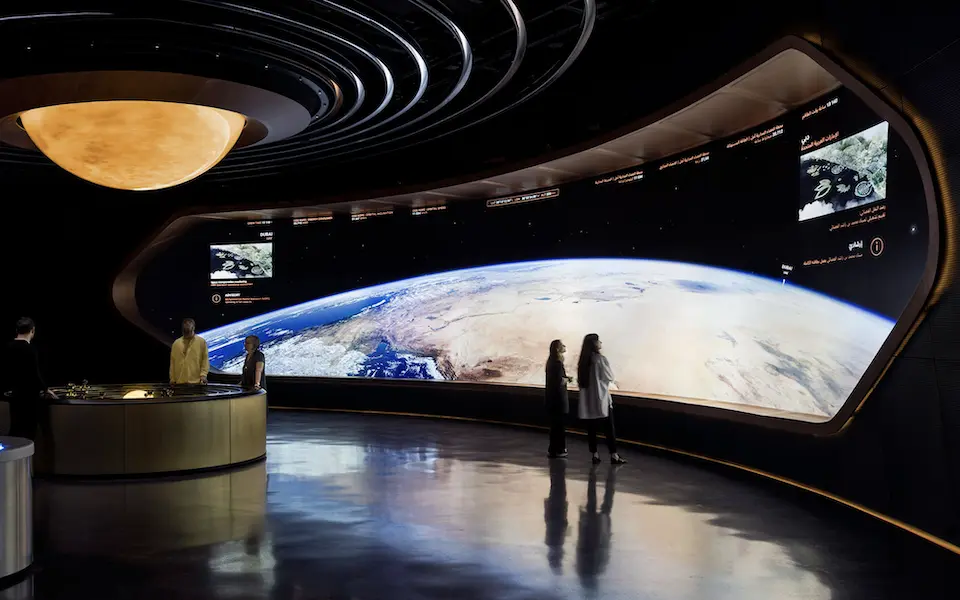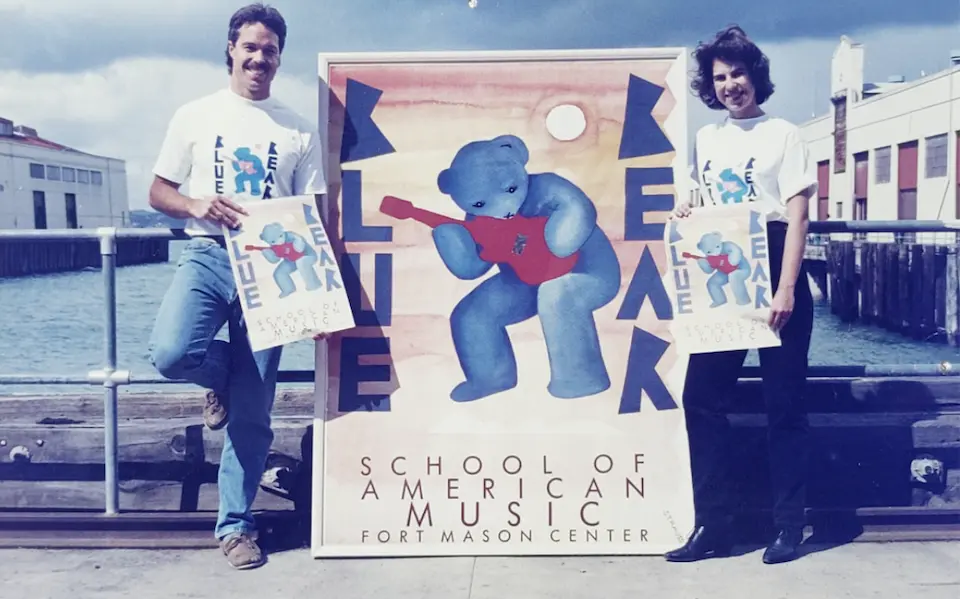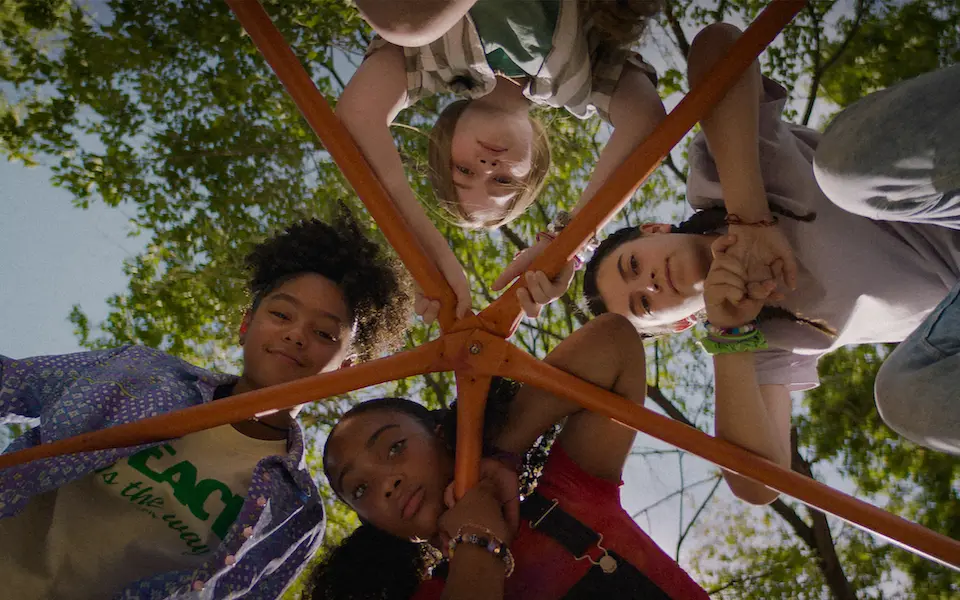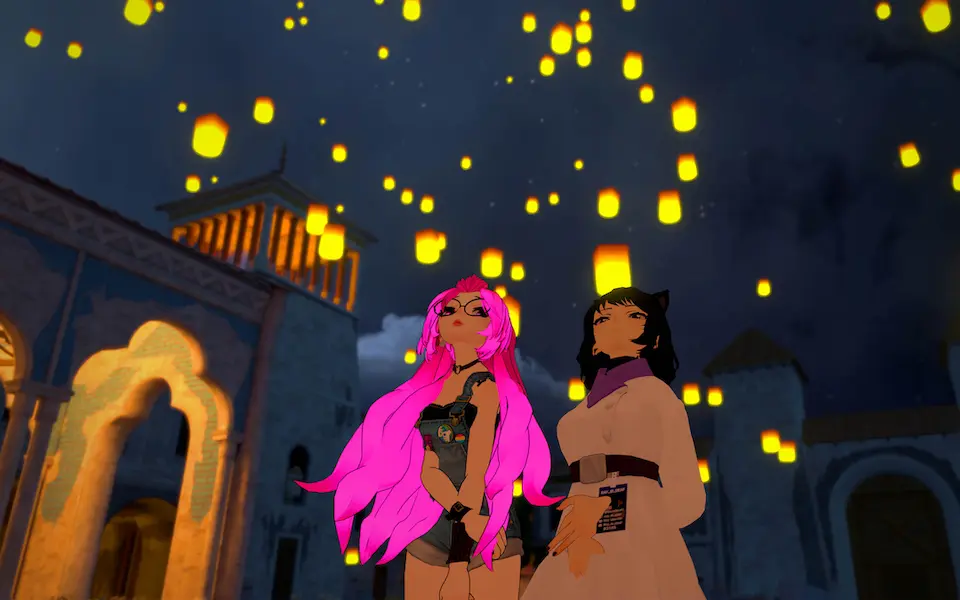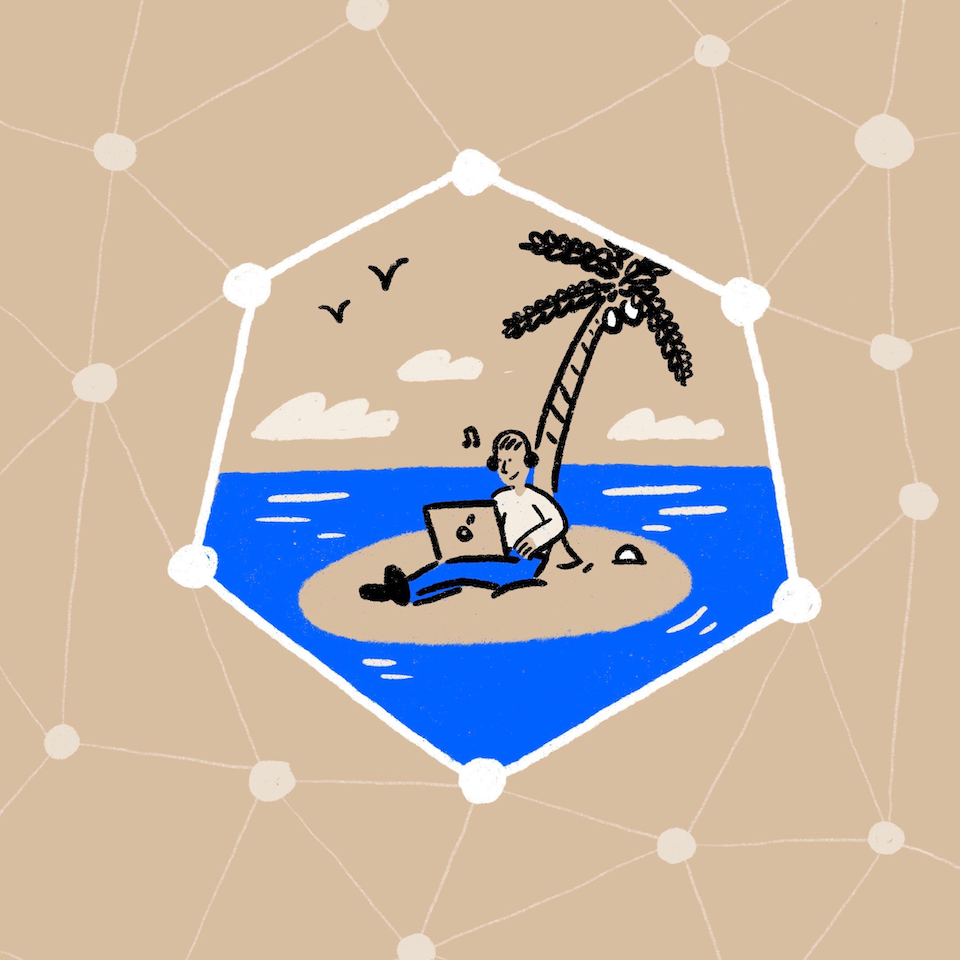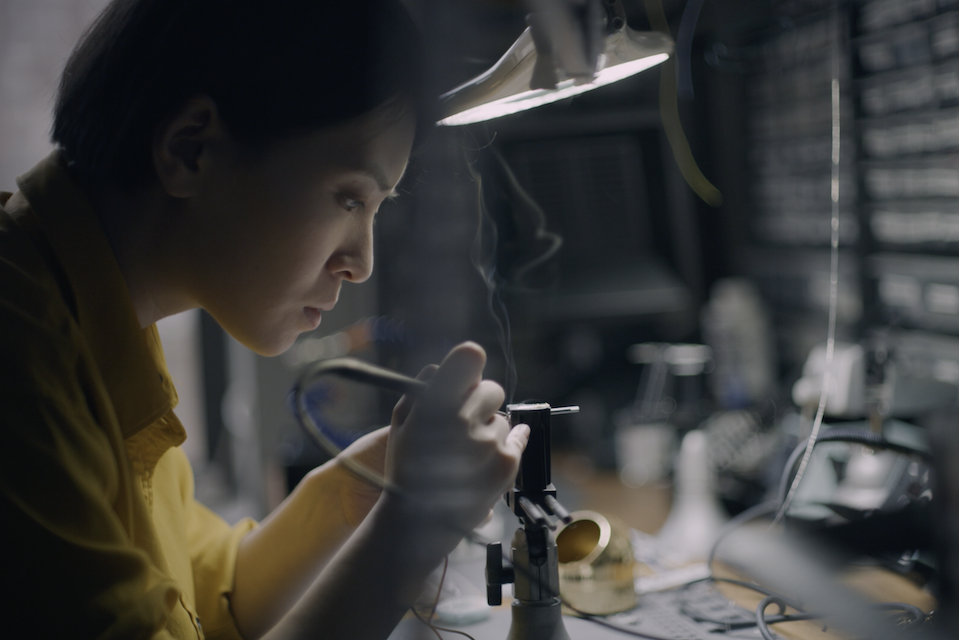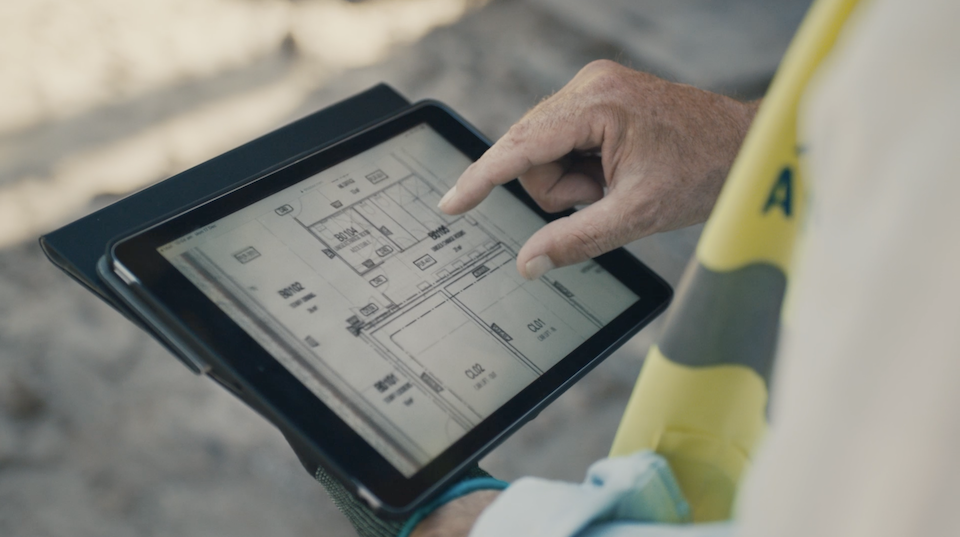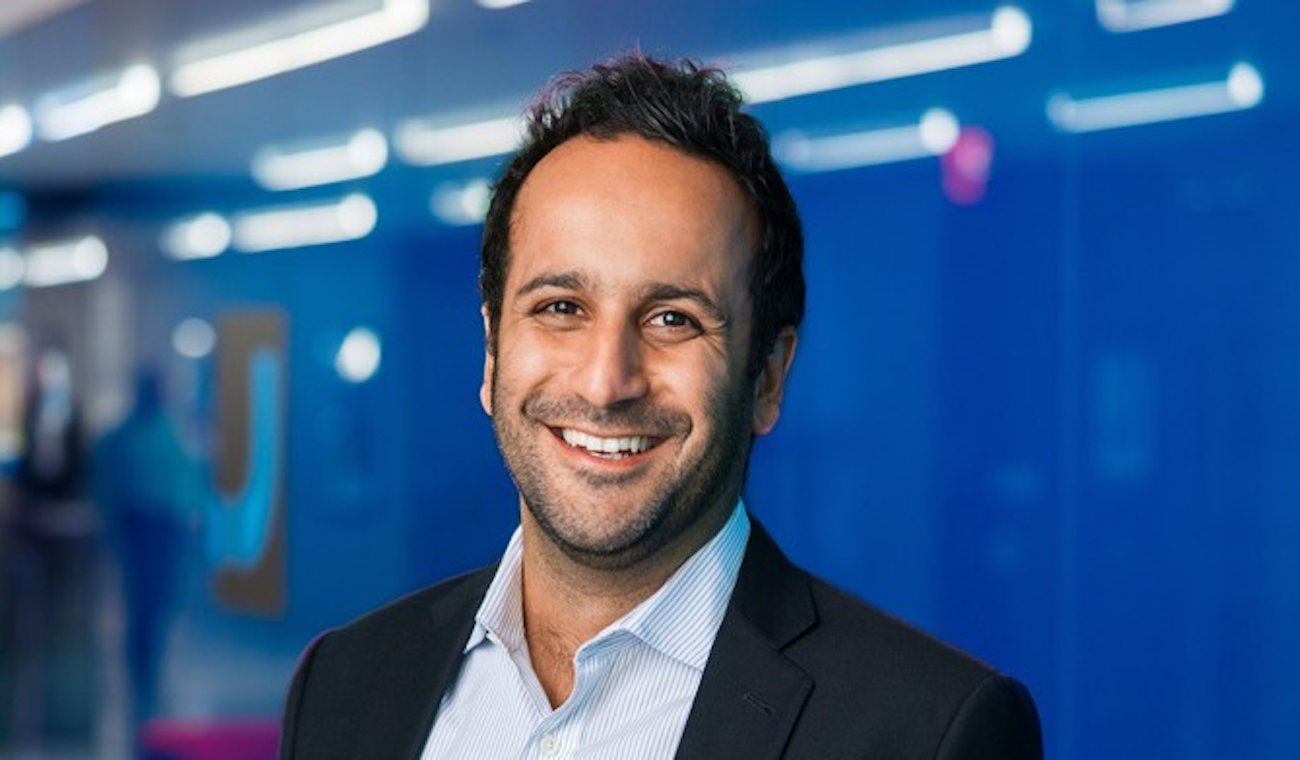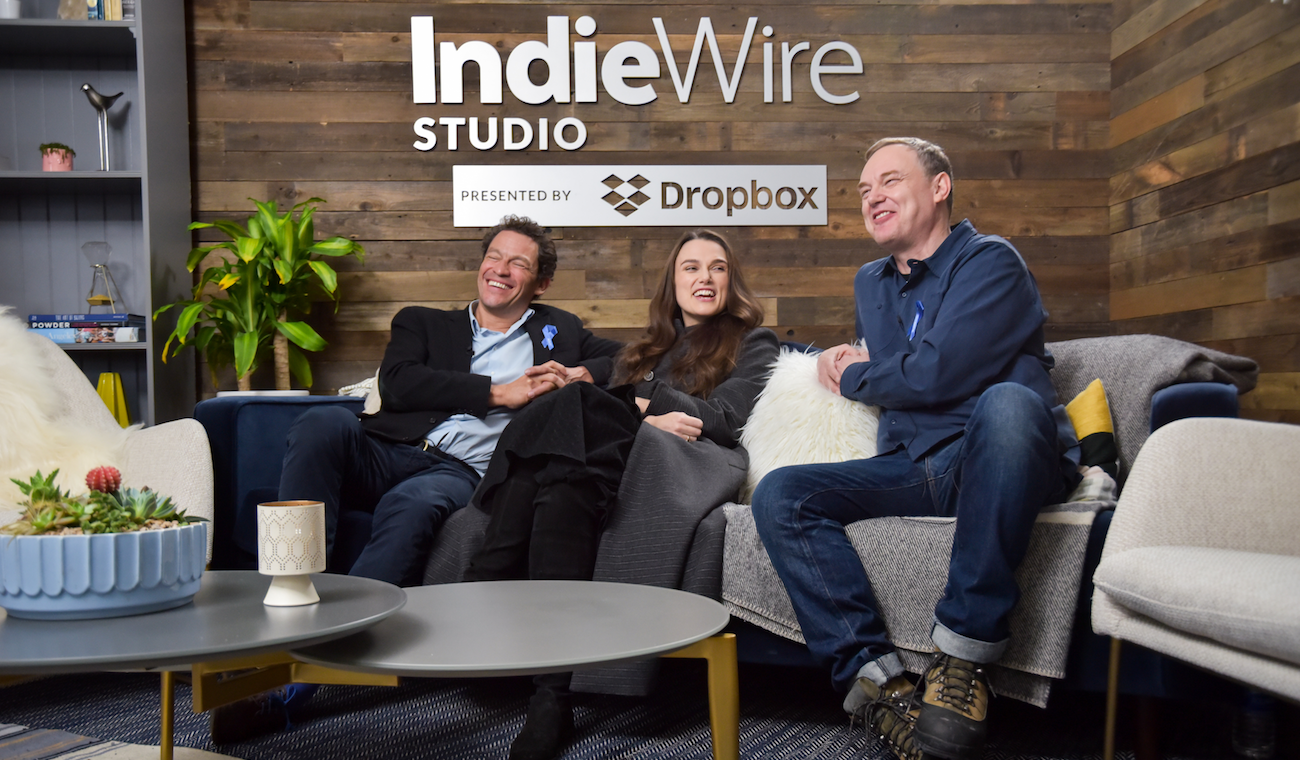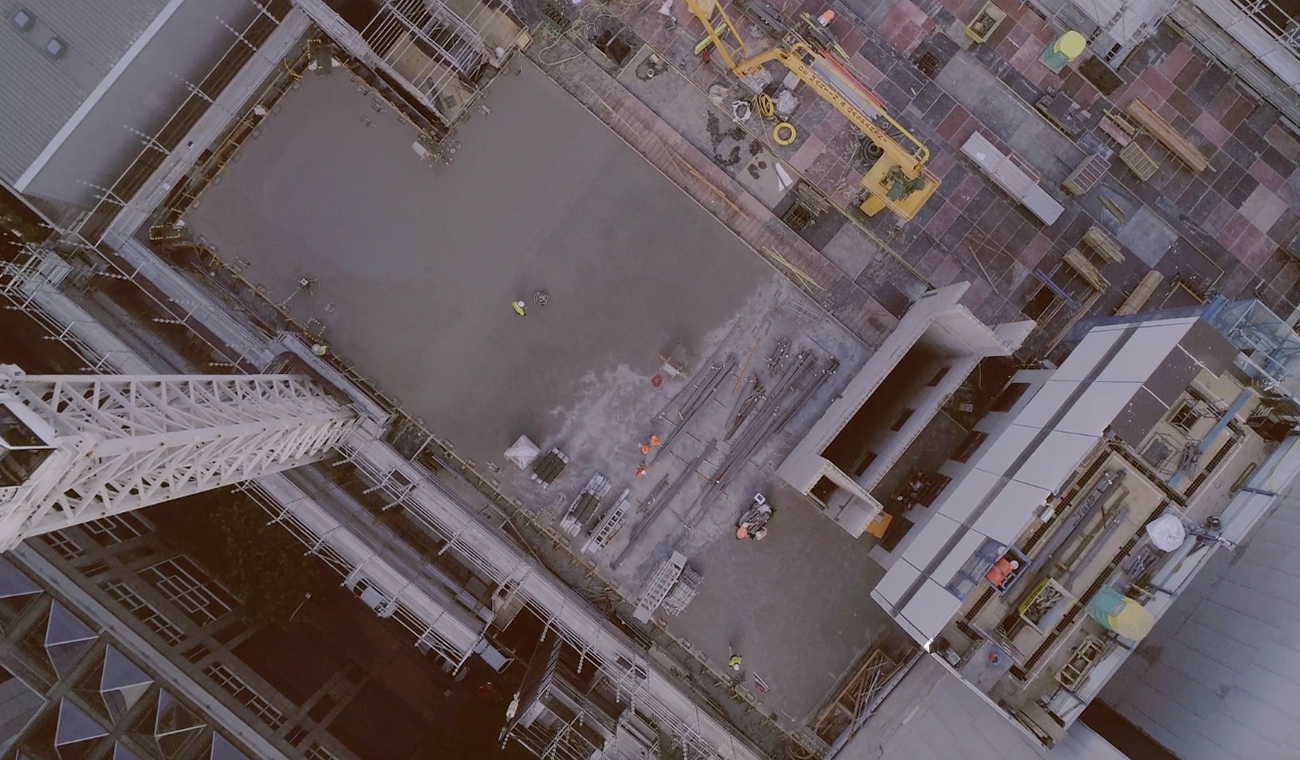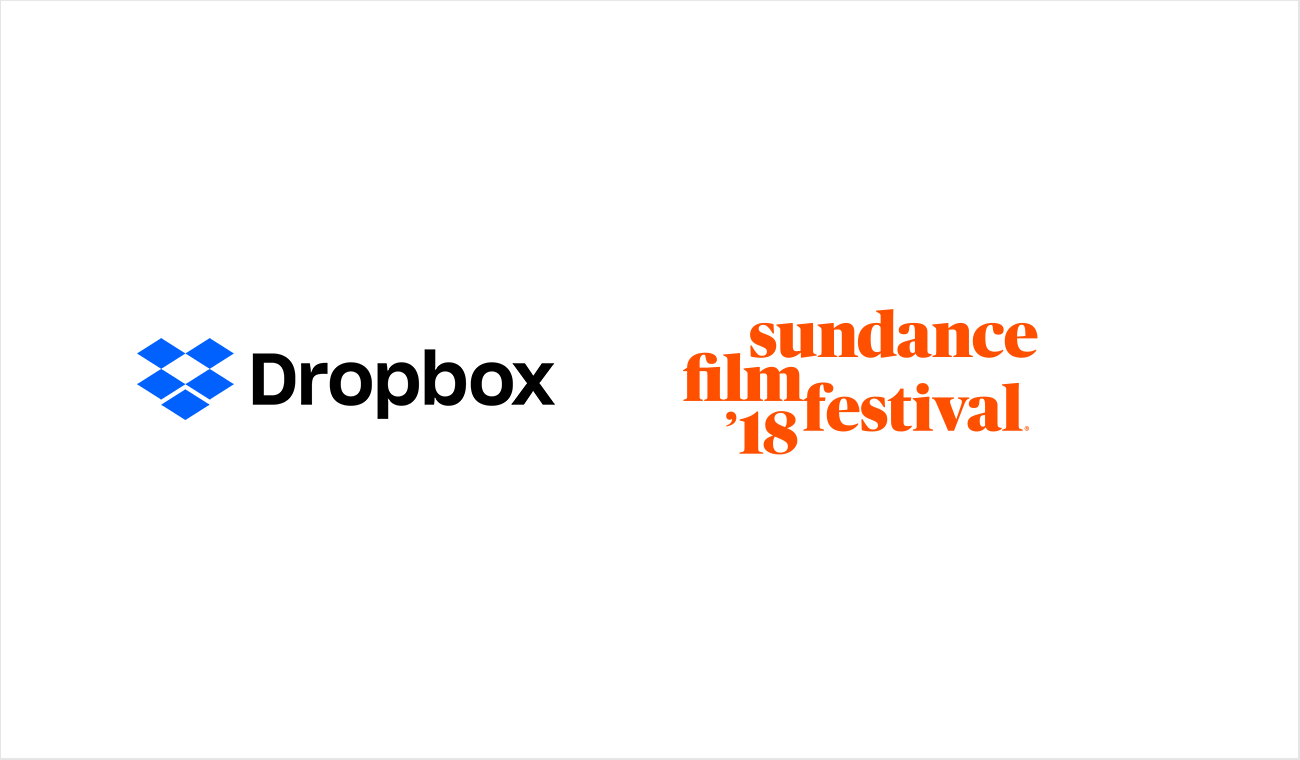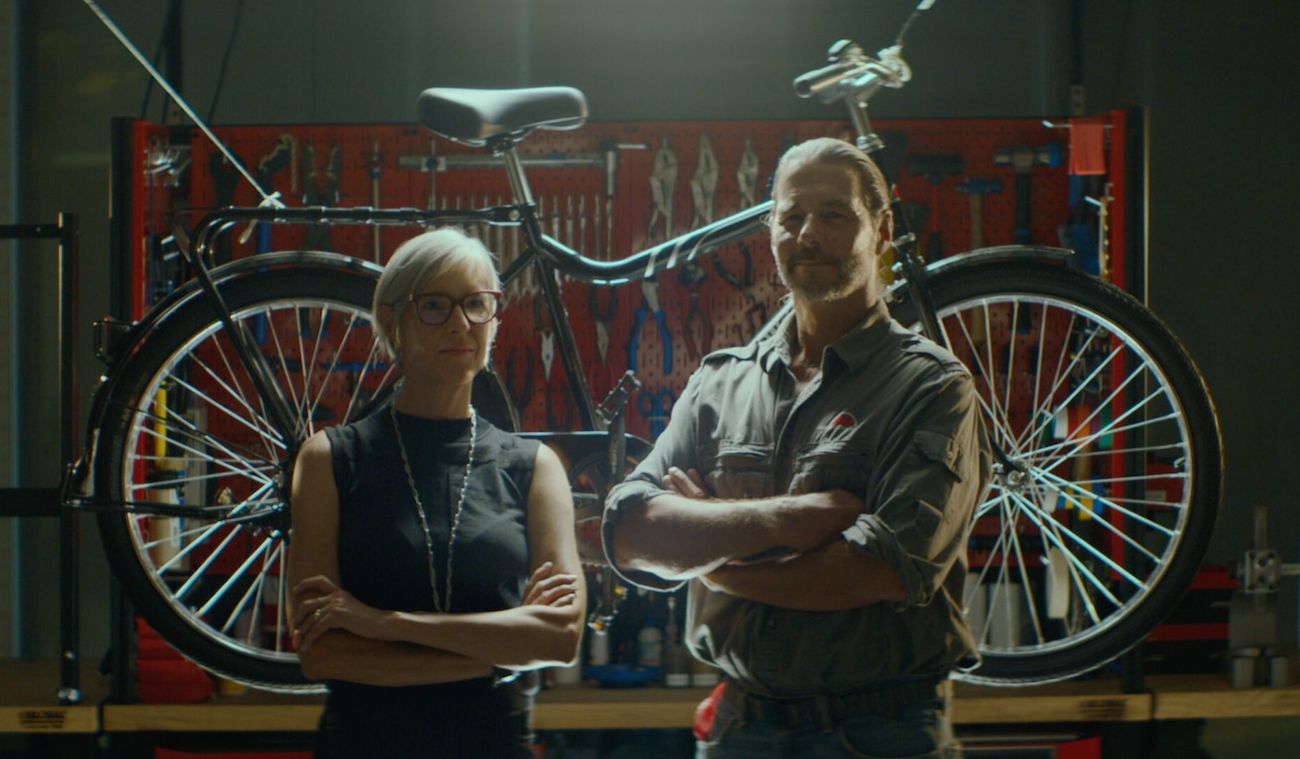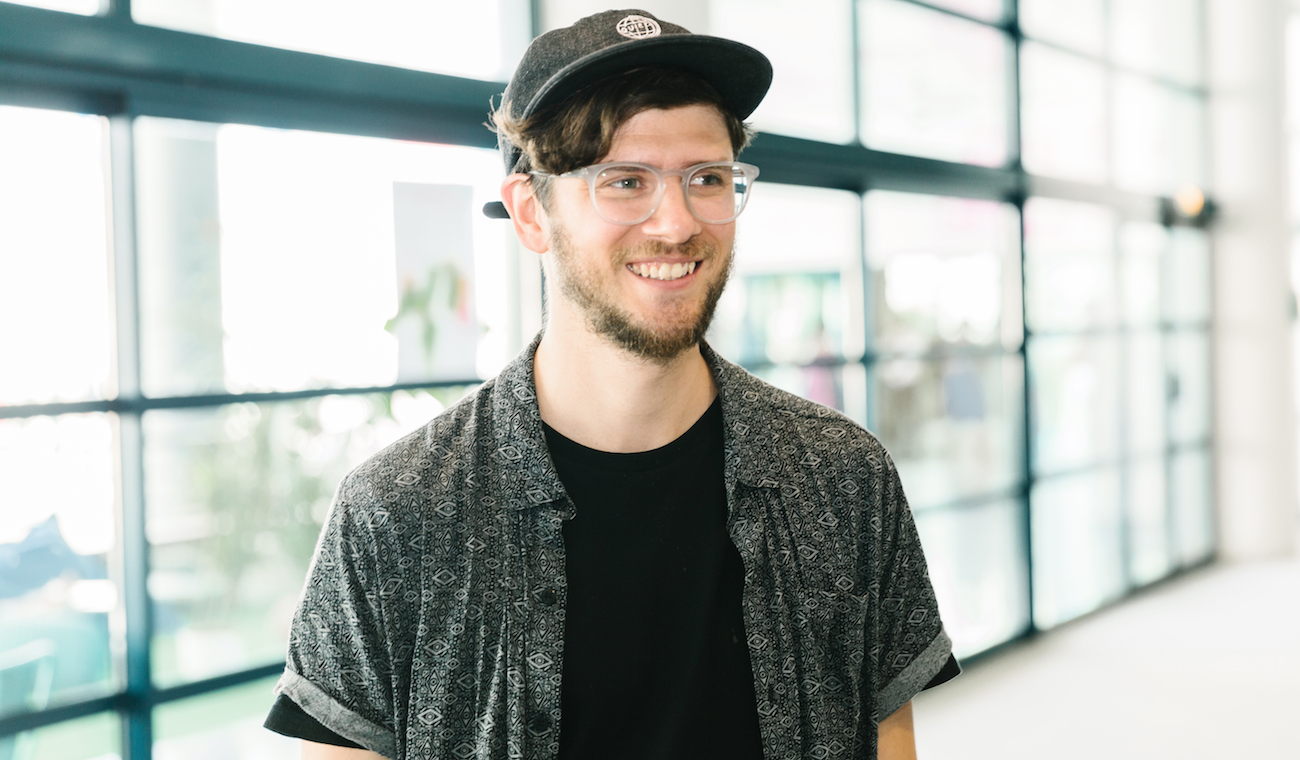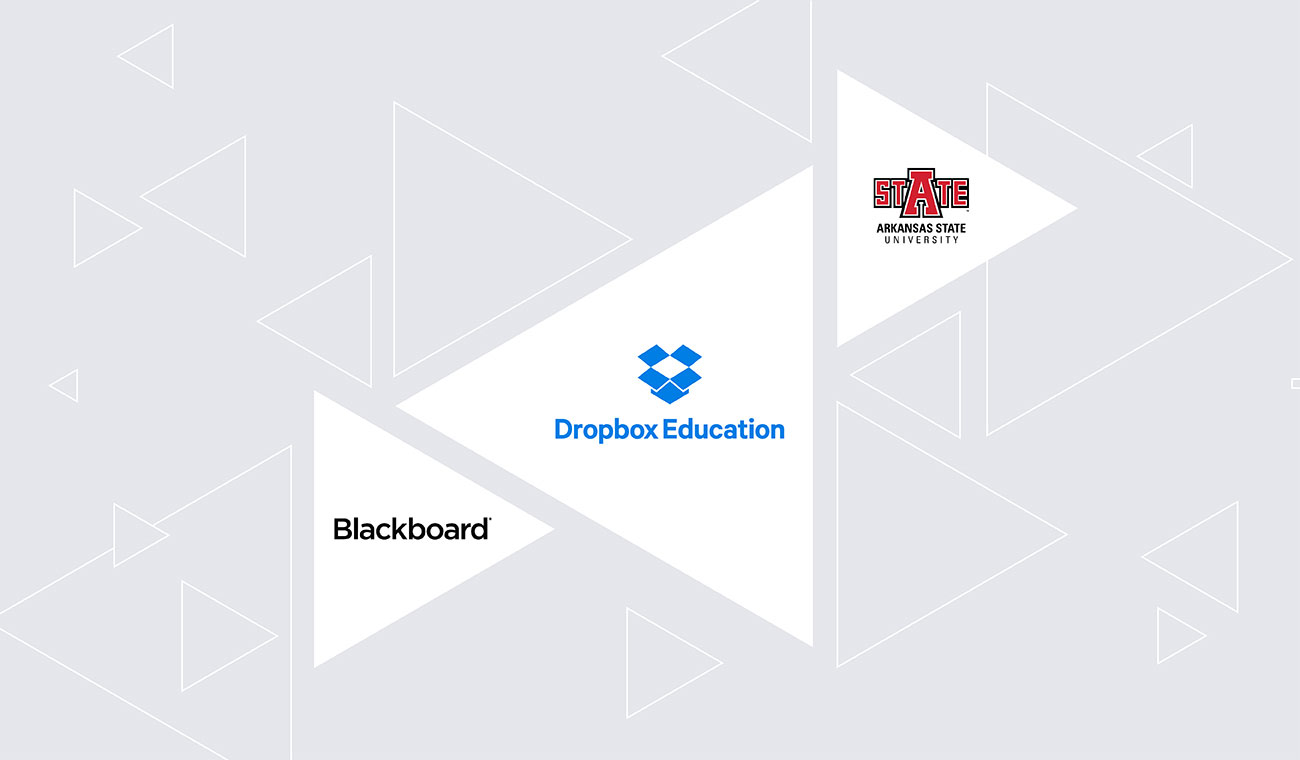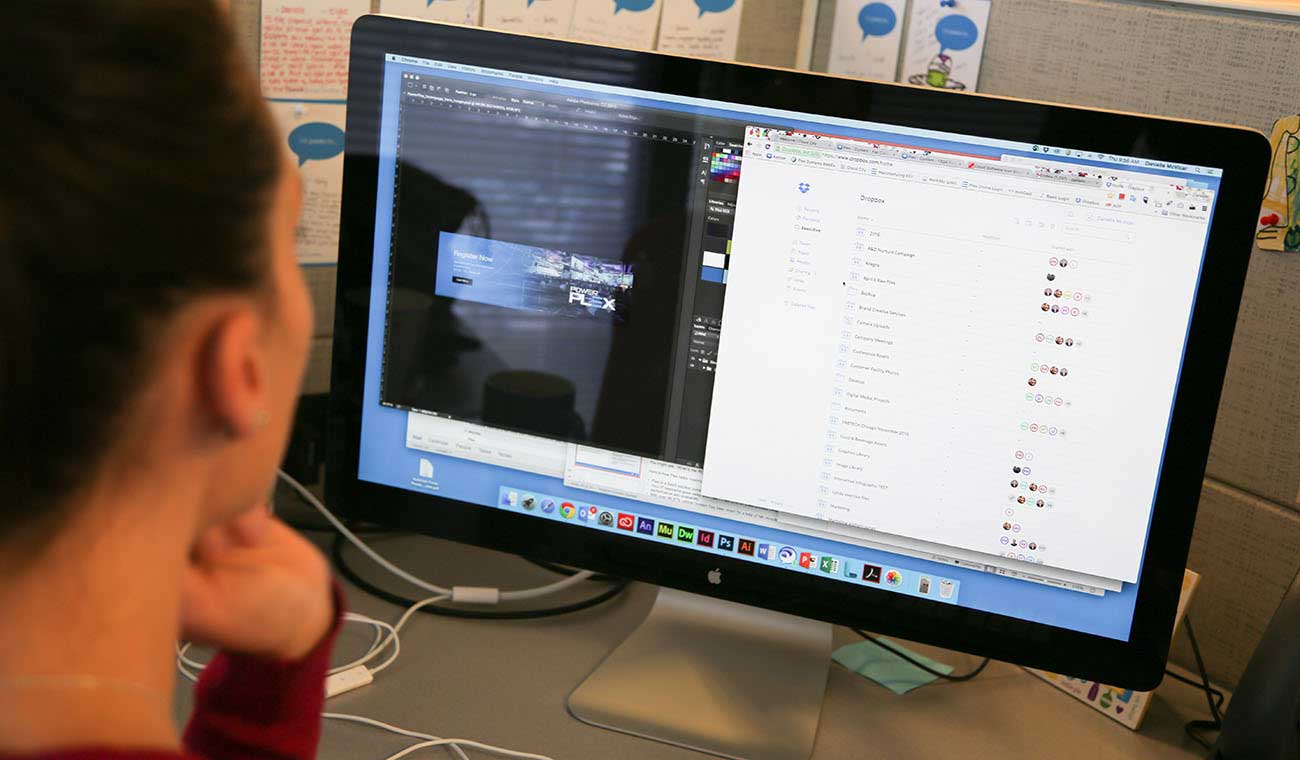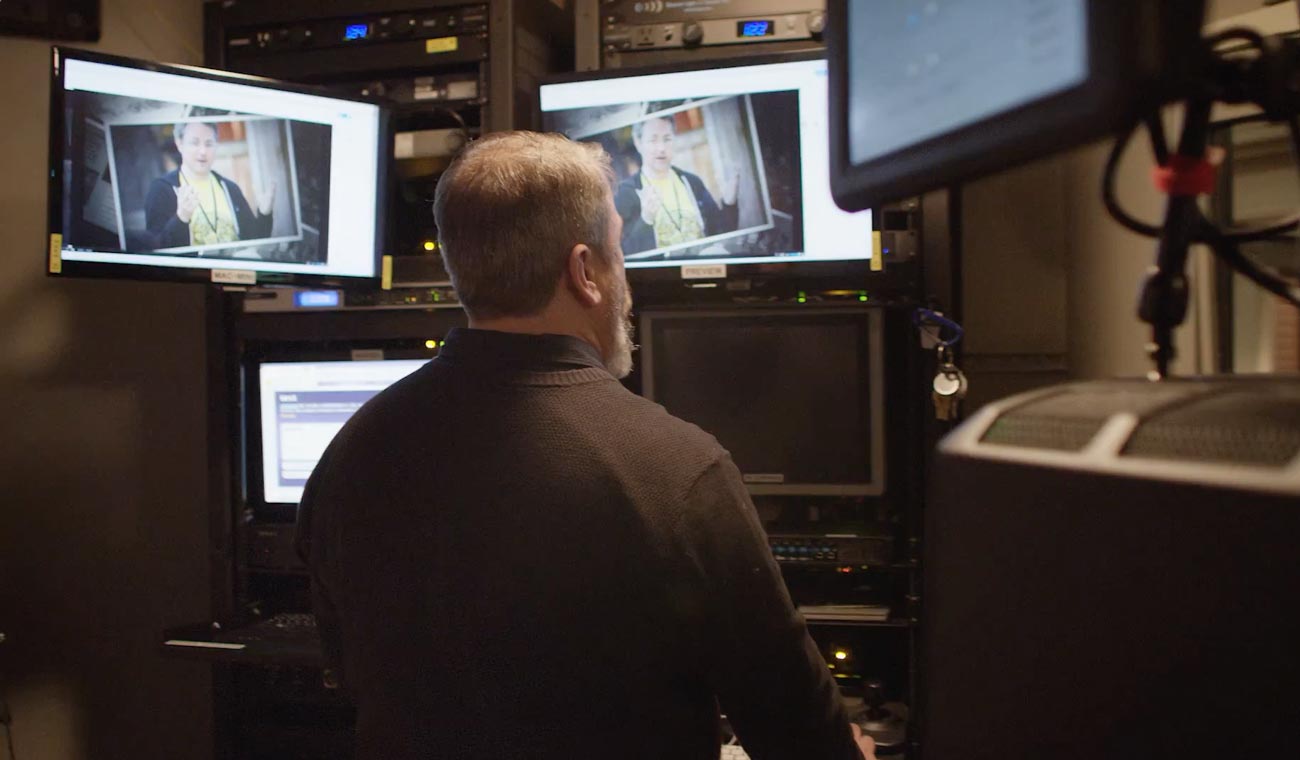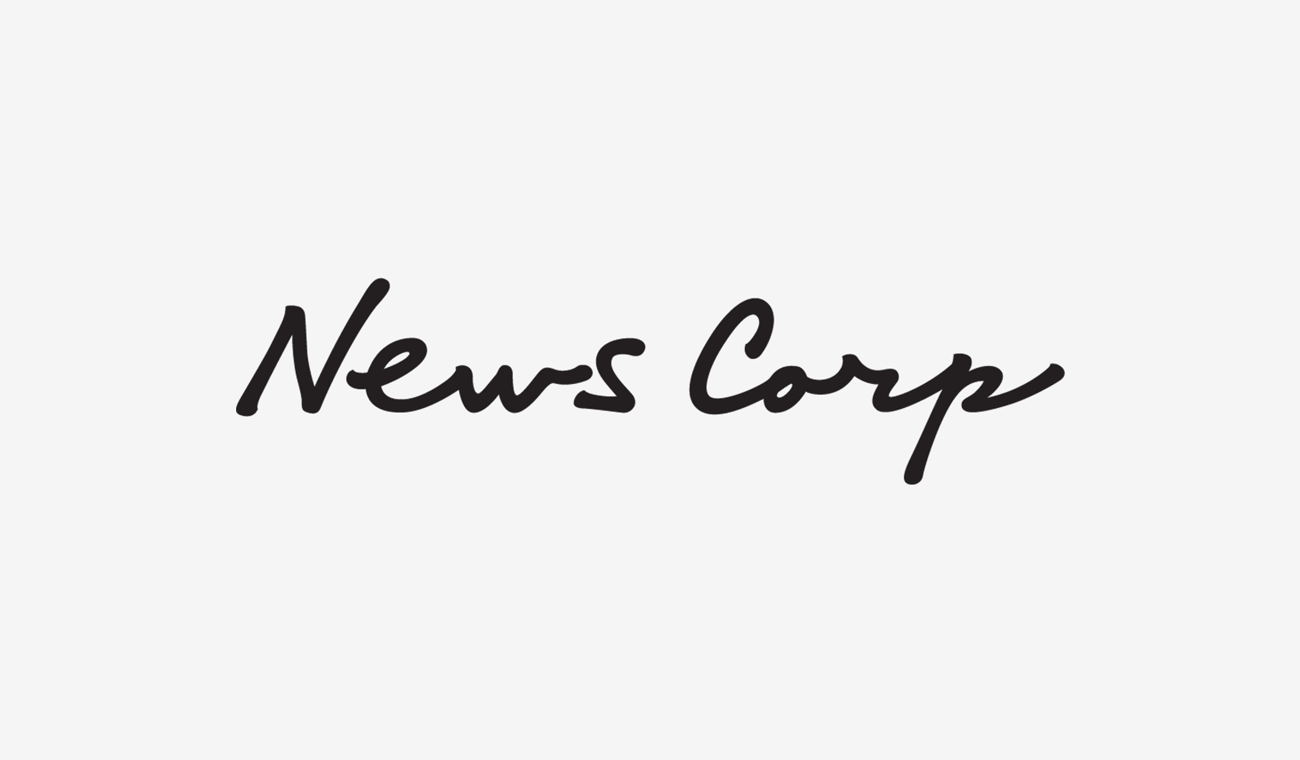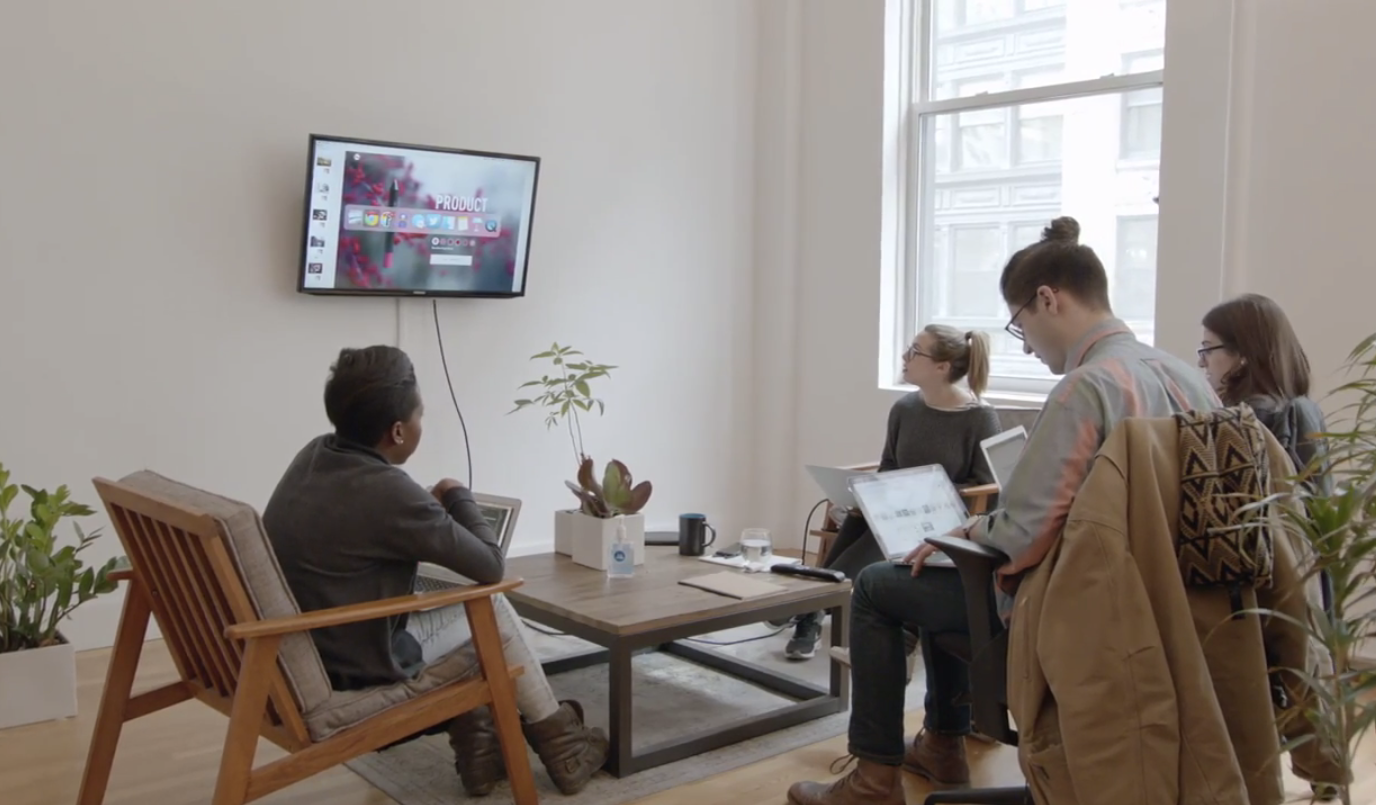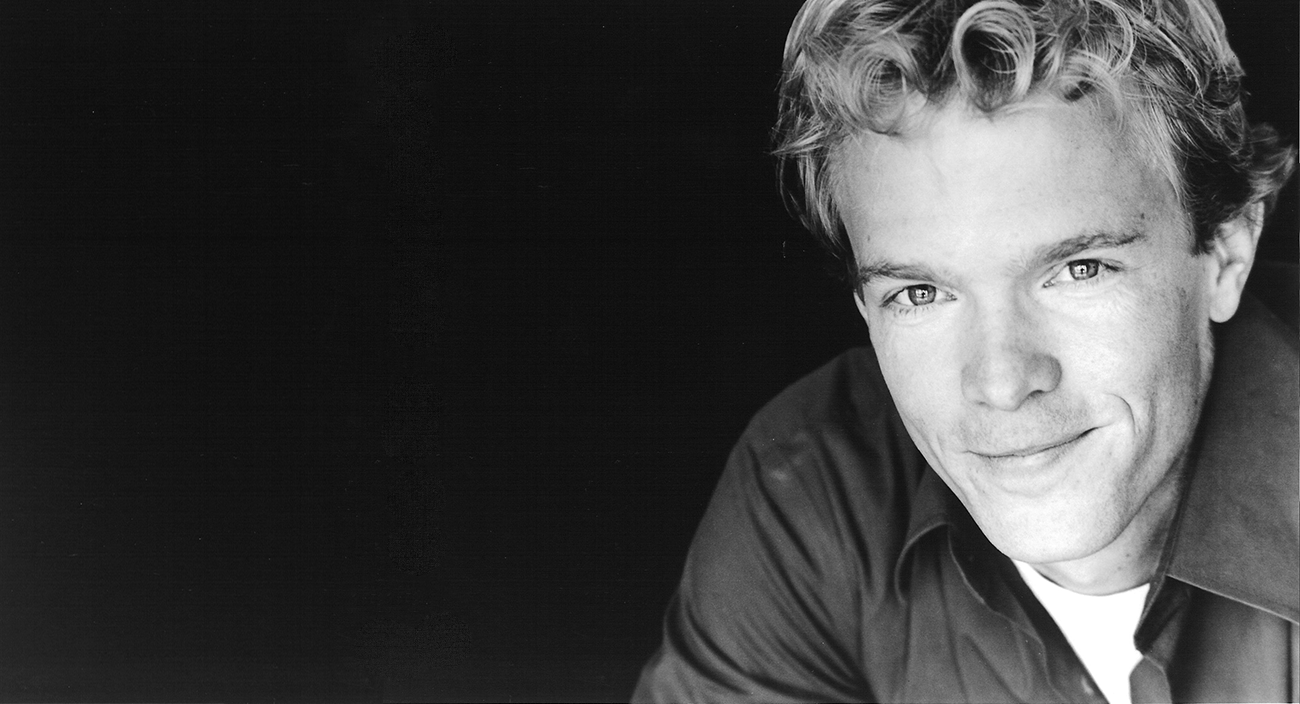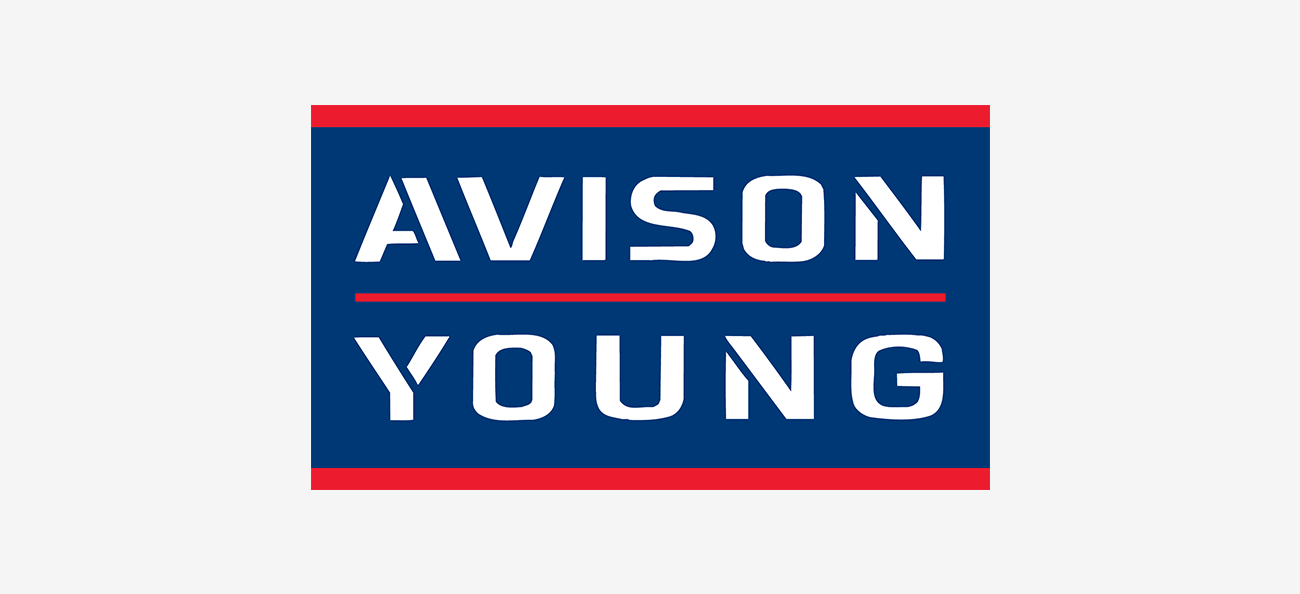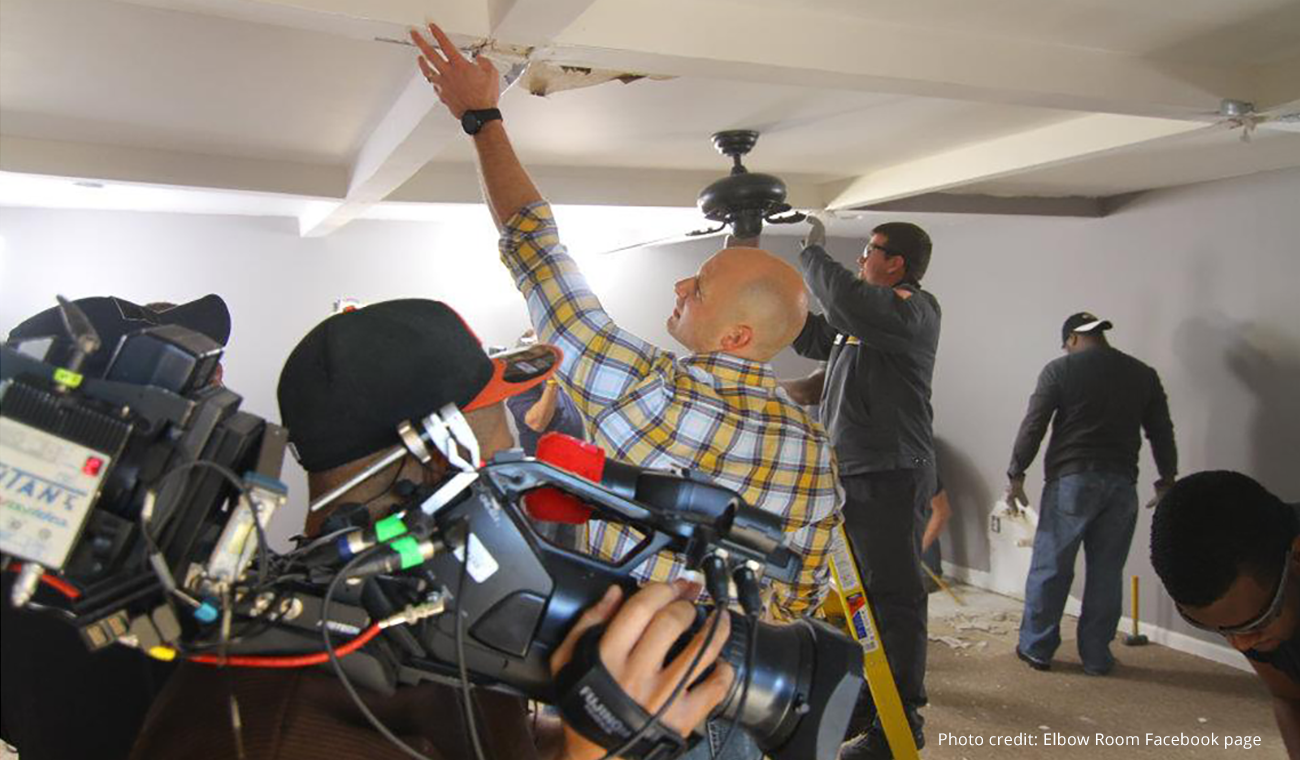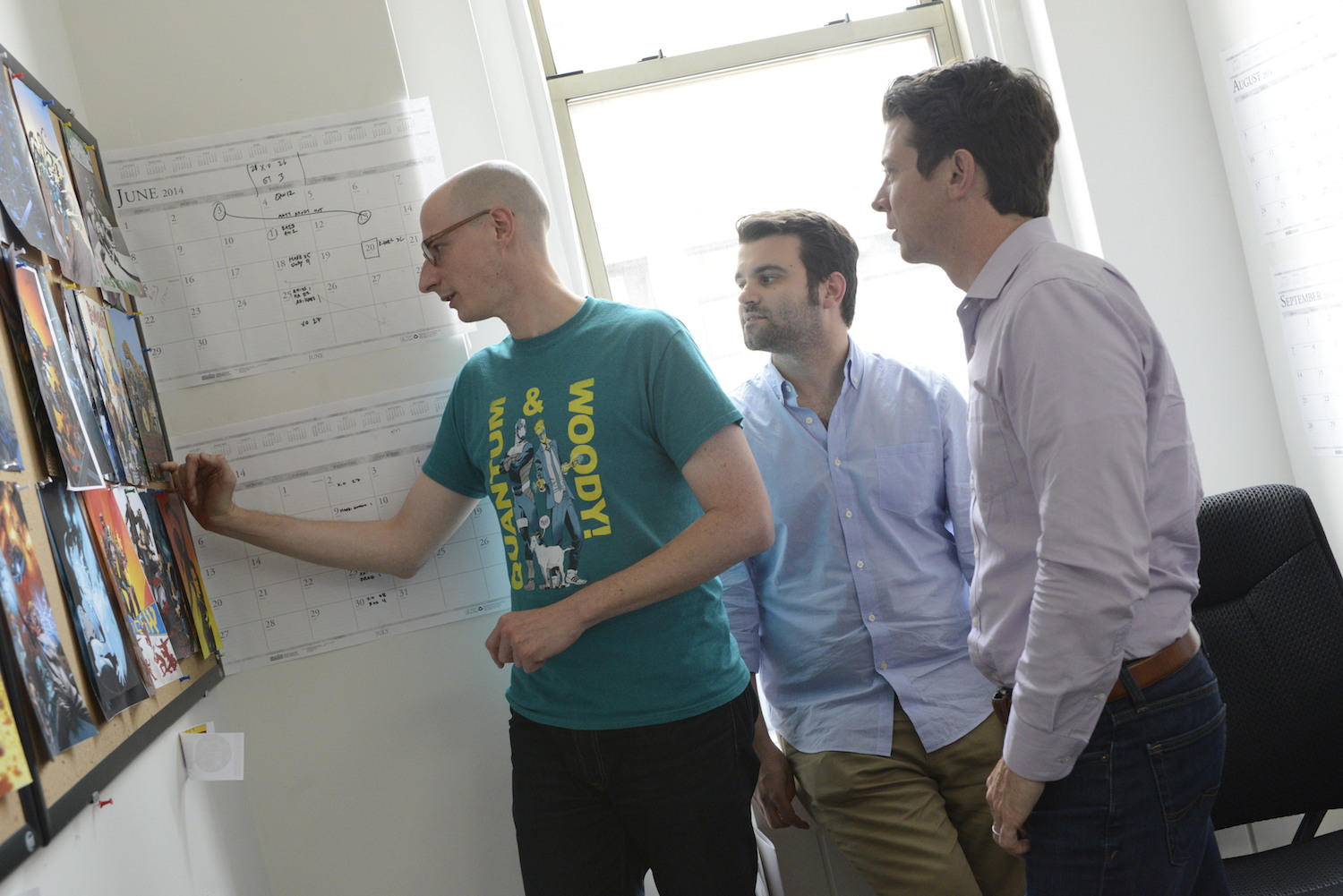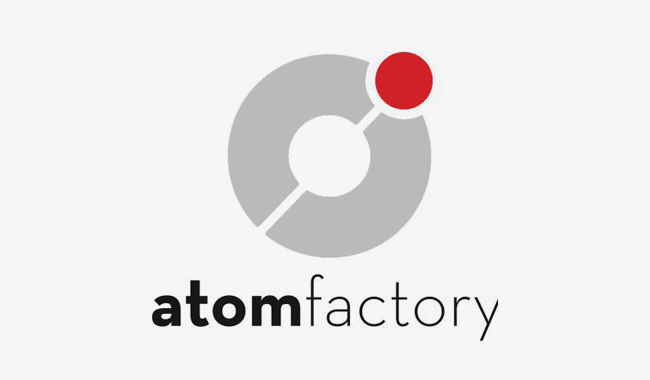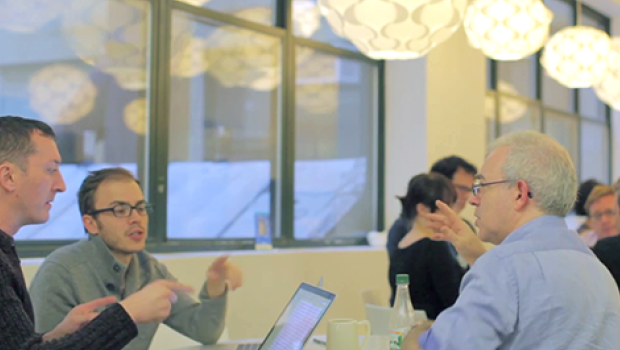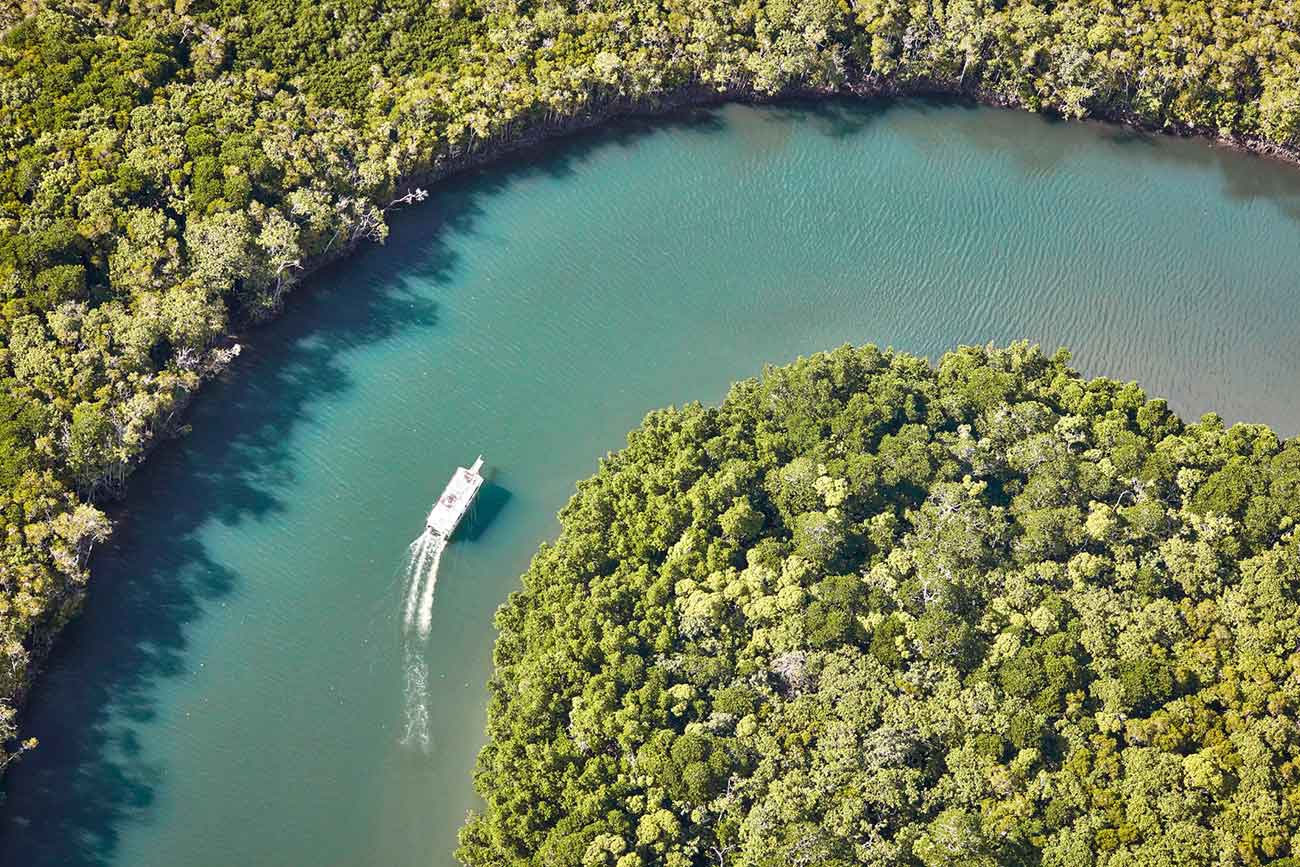
Daniel Houghton of Lonely Planet on publishing in the digital age
Published on February 13, 2018
Lonely Planet's Daniel Houghton has built the travel guidebook publisher into a digital media powerhouse, making him one of the world’s most prominent CEOs under 30. His leadership has helped the Tennessee-based company maintain its foothold as the most influential player in the guidebook industry.
We sat down with Houghton to learn more about how he inspires creativity in his team and how he stays atop ever-evolving industry trends.
How did you get to where you are today?
I guess you could say that I’ve been very fortunate to have been at the right place at the right time, and able to work with a team of people at Lonely Planet who are incredibly dedicated and talented. That is what has enabled us to get to where we are today, transforming the business into both a growing publisher and a digital media company. I’ve been keen to keep the passion for travel alive at Lonely Planet while looking for ways to extend what we have done well for decades in the publishing space to other places that travelers are looking for information.
How do you inspire creativity across your large team—from photographers to writers to freelancers?
Luckily, travel is an incredible subject with infinite possibilities. Everyone who works at Lonely Planet is a passionate traveller, so that energy and enthusiasm is felt in the work they do. As a company, we share lots of our travel experiences with each other and inspire one another to get out on the road more. We talk a lot about exploring every day—making sure that we all see how much the world has to offer, however close to home you are.
Get the whitepaper: How media companies thrive in the digital age
What has been the biggest challenge for creative professionals like yourself in the past year?
The speed at which the world is innovating is astonishing. We are passionate about trying new technologies as they emerge. Often, there are ways that it makes sense for travelers to interact with things like artificial intelligence or wearable technology—keeping apace with change is a constant but rewarding challenge.
With those challenges in mind, what is the future of travel guidebooks? What does the future look like for publishers as a whole?
I’m really positive about the future of travel guidebooks. We’ve seen constant growth at Lonely Planet despite many questioning the future of books as a medium. Books don’t break in sand, run out of battery, or overheat. Their reliability is part of their beauty, and it’s fundamental that our information and advice is just as reliable. That’s why we still send writers on the road to every destination we cover.
What apps and tools does your team use to stay productive?
As the company is spread across the globe, it is vital that we are connected across various timezones, and we utilize a huge number of tools to do this. We collaborate on documents in Dropbox, we stay connected using Slack and email, and have also created some tools specific to Lonely Planet to store and curate our content.
What makes a great media company?
A passion for your subject matter—it's not just about what will be shared a lot on social media or rank highly on Google. You have to believe in what you’re creating. Lonely Planet is made up of hundreds of self-confessed travel junkies who debate endlessly about the content we produce. And I think what has made travelers keep coming back to us for recommendation and opinion is that they know we really do care about the content we produce.
To learn more about how Dropbox helps publishers, producers, and creative professionals around the world, download our free whitepaper, How media companies thrive in the digital age.



